#kerber
Text
#serbian#serbian bands#please#hoping this reach someone#riblja corba#serbia#Darkwood Dub#bajaga i instruktori#galija#музика#music#music poll#YU Grupa#Partibrejkers#Kerber#Bjesovi#Neverne Bebe#Električni Orgazam#polls#Ekatarina Velika#🇷🇸#rock music#serbian rock#international music#serbian music#music polls#tumblr polls#muzika#srbija#bosna
6 notes
·
View notes
Text
Master healer, Kirk Kerber
just for you 🔥🔥❤️🩹🌈
#kerber#kirkkerber#art#nyc#kirk#youtube#kerber kirk psychic medium#psychic#mediumship#archives#MasterHealer Love
0 notes
Text
Welttag der Poesie: Die Kraft der Worte feiern
Am 21. März wird weltweit der Welttag der Poesie gefeiert, um die Bedeutung von Lyrik und Dichtung zu würdigen. In einer Zeit, in der die Welt mit Herausforderungen konfrontiert ist, erinnern uns Gedichte daran.. #Kerber #Lyrik #Gedicht #Poem
Am 21. März wird weltweit der Welttag der Poesie gefeiert, um die Bedeutung von Lyrik und Dichtung zu würdigen. In einer Zeit, in der die Welt mit Herausforderungen konfrontiert ist, erinnern uns Gedichte daran, dass Worte eine immense Kraft haben können.
Der Welttag der Poesie
Jedes Jahr wird am 21. März weltweit der Welttag der Poesie gefeiert, um die Schönheit und Kraft von Gedichten zu…

View On WordPress
0 notes
Text

1 note
·
View note
Photo

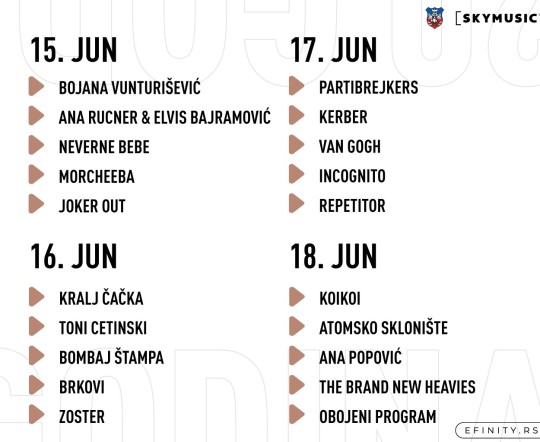
Sutra počinje Belgrade Beer Fest – detaljan vodič kroz festival
Jubilarno 20. izdanje najpopularnijeg i najmasovnijeg festivala muzike i piva u regionu, Belgrade Beer Fest-a, počinje sutra, 15. juna, u organizaciji Skymusic-a i pod pokroviteljstvom Grada Beograda i trajaće do 18. juna.
Na doboro poznatoj lokaciji – beogradskom Ušću, tokom četiri festivalska dana očekuje nas savršen zvuk i najsavremenija produkcija za koju je zadužen Skymusic, i više od 60 izvođača na čak tri bine.
Kao headlineri na glavnoj bini najavljena su velika imena svetske i domaće muzike, među kojima su Morcheeba, The Brand New Heavies, Incognito, Van Gogh, Partibrejkers, Ana Popović, Brkovi, Toni Cetinski, Joker Out, Kerber, Atomsko sklonište, Bombaj štampa, Bojana Vunturišević, Ana Rucner i Elvis Bajramović, Kralj Čačka, Repetitor, Obojeni program, Koikoi, Zoster i Neverne bebe.
Posetioci će moći da uživaju i u alternativnim zvukovima najperspektivnijih domaćih bendova na Riff stage-u, a kao glavni headliner Riff stage-a najavljen je bend Eyesburn, koji nastupa prve festivalske večeri.
Na Electro stage-u powered by Sakura posetioce očekuju najpoznatija imena domaće elektro scene.
Na ovogodišnjem Belgrade Beer Festu biće prisutno 300 različitih etiketa piva - pored velikih pivarskih brendova, u ponudi su i različite vrste kraft piva. Obožavaoci piva imaće dve posebno dizajnirane zone na festivalu posvećene upravo njima - Beer market i Craft Beer Land.
Kapije festivala otvaraju se od 18 časova, a zvanično se zatvaraju u 3 časa nakon ponoći.
Ulaz na festival biće slobodan svakog dana između 18 i 19 časova, nakon čega će se ulazak u festivalski prostor naplaćivati. Ulaz je slobodan za osobe ispod 15 godina svakog festivalskog dana, uz pratnju punoletne osobe. Ulaznice za Belgrade Beer Fest po ceni već od 300 dinara dostupne su putem sajta belgradebeerfest.com, sajta efinity.rs, besplatne aplikacije eFinity, u TC Rajićeva (I sprat) i na blagajni Štark Arene, a kupovina ulaznica omogućena je i na licu mesta.
#beer fest#belgrade beer fest#beograd#belgrade#ušće#koncerti#muzika#pivo#zabava#morcheeba#incognito#anja rucner#kerber#neverne bebe#zoster#beer festival#electro stage#riff stage#sky music#beer market#sky music group#sky music corporation#craft beer land#craft beer
0 notes
Text


On the left bank of the Sava River and opposite the old town lies Novi Beograd, New Belgrade, the Serbian capital’s fastest growing municipality. It is a planned city and today’s inhabitants and businesses benefit from its rather modern infrastructure, a distinctive advantage over the old town. Novi Beograd’s construction began in 1948 but especially during 1960s and 1970s the municipality grew and numerous housing blocks and public buildings were erected. Because of these Novi Beograd in recent years has become something of a brutalist icon that is roaming social media platforms but is simultaneously subject to great change due to permanent new construction.
But while most photographers focus on the undeniable appeal of the architecture, Norwegian Marius Svaleng Andresen takes a closer look at the intersection of architecture and everyday life and the architecture in relation to the individual. In his book „Life in the New“, published last years by Kerber Verlag, Andresen explores the actual life going on inside, outside and in between the architecture: in view of the little stories of life the monumental architecture recedes into the background and becomes the stage of day-to-day life. People peeking out from behind the curtain, old men playing cards, a woman cleaning her windows and children running around, all of them populate Andresen’s photographs and bring up the question of what it is actually like to live in Novi Beograd. Apparently the photographer, who is also a journalist, asked himself this question too and met with 12 individuals who tell their own story of living in New Belgrade: there is Mirjana, the widow of a former military airport commander, who has been living in Novi Beograd for more than 50 years and at first didn’t really like it. And there is also Filip, the dog loving graphic designer and rapper, who philosophizes about the stepped volumes of the blocks and how they symbolize his daily struggle to reach the top.
In tandem with his sensible photographs Andersen provides an unusual, more humane portrait of Novi Beograd that is both visually stunning and emotionally touching. A warmly recommended read!
#marius svaleng andresen#architecture#serbia#novi beograd#belgrade#architectural photography#photo book#kerber verlag#book
41 notes
·
View notes
Text
So just to sum up today:
- dimidrey won titles, they did it for each other, love wins
- Elena and Coco won as well, they did it for women <333
- Andrey collected a new boyfriend, bless
- Rafa withdrew from the aus open, all our dreams are dead
- Poland lost the United Cup meaning the rat won (sorry Angie), Hubi killed us, Iga cried, we all cried
-am I missing something????!?!???
#everything everywhere all at once: tennis edition#i am exhausted#so much joy#so many tears#i will never recover from today#tennis#united cup#andrey rublev#grigor dimitrov#elena rybakina#coco gauff#iga swiatek#hubert hurkacz#emil ruusuvuori#angie kerber#rafa nadal
48 notes
·
View notes
Text
I love how the bottom half is okay pretty standard 500 draw and the top half is HELL

#I genuinely laughed how are iga mertens kerber emma noskova AND ostapenko all in one QUARTER of a draw?😭😭😭#anyways aryna to get that goddamn porsche here we gooooo#also aryna paula round two again🥹🥹
19 notes
·
View notes
Text
kerber and caro’s net hug 🫂
#this was so sweet#atoped watching sinner shelton massacre for something better 🩷🫂#caroline wozniacki#angie kerber
25 notes
·
View notes
Text
Frühling - Das Leuchten der Zeit - 34 Gedichte | Gedichte für den Sommer 2022 | #StandWithUkraine
Frühling - Das Leuchten der Zeit - 34 Gedichte | Gedichte für den Sommer 2022 | #StandWithUkraine
#Kerber #Ukraine #Gedichte #Lyrik
Warum jetzt? Dieses Kunstwerk soll helfen. Die Kunst, die Lyrik, ist nicht machtlos. Mit den Mitteln der Sprache, mit Frühling – Das Leuchten der Zeit – 34 Gedichte | Gedichte für den Sommer 2022 | #StandWithUkraine, können wir zusammen den Menschen helfen. Deshalb geht mit jedem verkauften Buchexemplar mindestens 2€ an:
das Ministerium für Sozialpolitik der Ukraine für humanitäre Zwecke.Dieses…

View On WordPress
0 notes
Text

"Learn from yesterday, live for today, hope for tomorrow. The important thing is not to stop questioning." -Albert Einstein
#quoteoftheday#quotes#cube#rubikscube#toys#couchstudio#nikon#nikonphotography#product photography#kerber#creativity
0 notes
Text
I'm really really sorry Angie, this is for the sake if a greater good (humiliating Z***v)
12 notes
·
View notes
Text


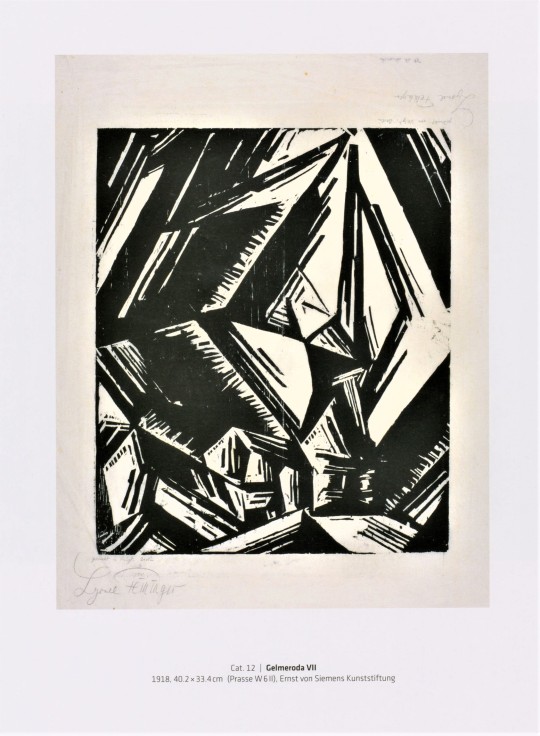






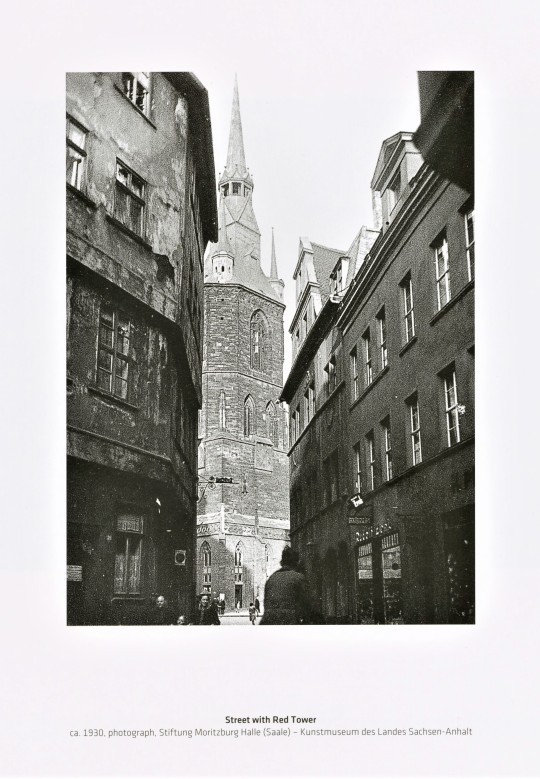
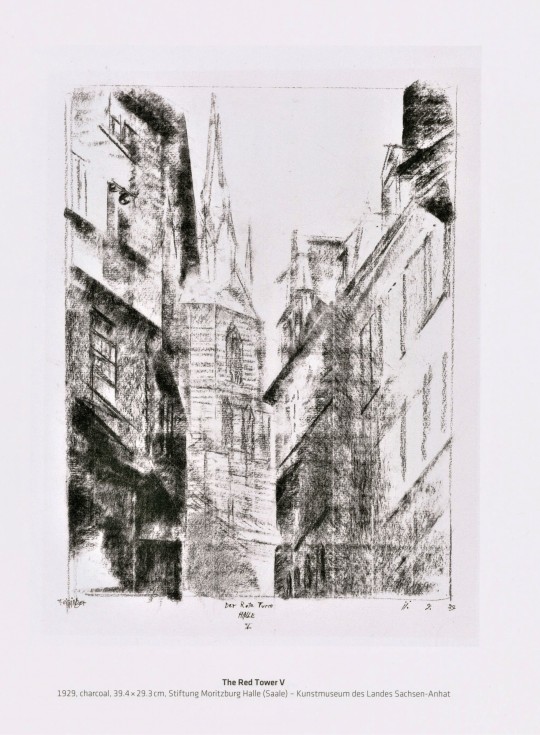

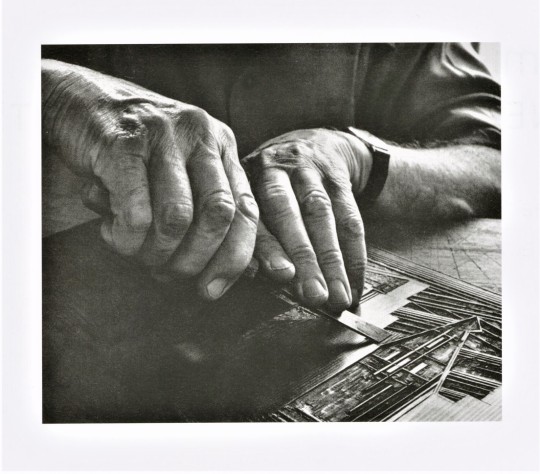
Milestone Monday
On this day, July 17th, in 1871 Expressionist and Bauhaus artist Lyonel Feininger was born into a German-American household in New York City. At the age of 16, Feininger moved to Germany to perfect his craft and later became part of the German Expressionist movement. He associated with artists from many different Expressionist groups including Die Brücke and the Blaue Reiter Circle during his time in Germany. Feininger also gained an interest in the Bauhaus school while in Germany and eventually designed the cover for the 1919 Bauhaus Manifesto and taught at the movement’s school for many years.
Much of Feininger’s Bauhaus work can be seen in the exhibition catalog Lyonel Feininger: Becoming a Bauhaus Artist, Woodcuts published in Bielefeld, Germany by Kerber Verlag in 2013. A large amount of the artist’s works focus on the representation of churches, both in his woodcuts and paintings. Viewers can see the clear Bauhaus influence in the artist’s work: minimalistic geometric shapes are used to depict the many buildings and scenes created by the artist, in both his prints and paintings. We also see Expressionist influence in these works as well, as they are also focused on similar geometric forms and creating art that represented what the artist felt about the subject, rather than a completely realistic depiction of it.
After his artwork was included in Hitler’s Degenerate Art exhibit, Feininger returned to America to teach, but he eventually moved back to Germany and focused on photography before his death in 1956.
View other Milestone Monday posts.
– Sarah S., Special Collections Graduate Intern.
#milestone monday#milestones#woodcuts#german expressionism#bauhaus#wood block prints#prints#lyonel feininger#Lyonel Feininger: Becoming a Bauhaus Artist#Woodcuts#Kerber Verlag#birthdays
40 notes
·
View notes
Text
Mysogynist tennis fans: "Men's tennis is far more superior than the women's!"
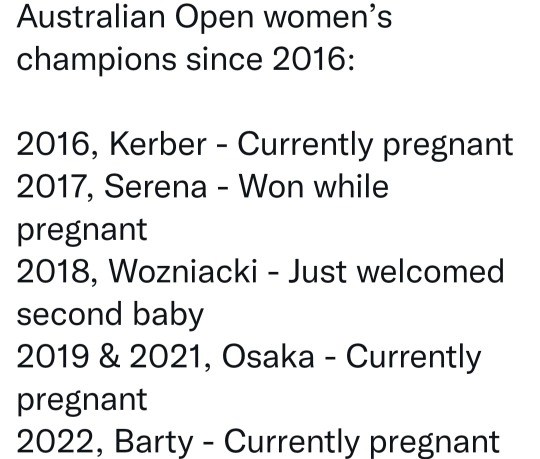
SORRY BUT CAN YOUR HERO WIN THE AUSTRALIAN OPEN WHILE PREGNANT????????
#or winning a grand slam while on PERIOD CRAMPS???#superior my arse#tennis#mysogyny#serena williams#naomi osaka#angelique kerber#ash barty#caroline wozniacki
82 notes
·
View notes
Text
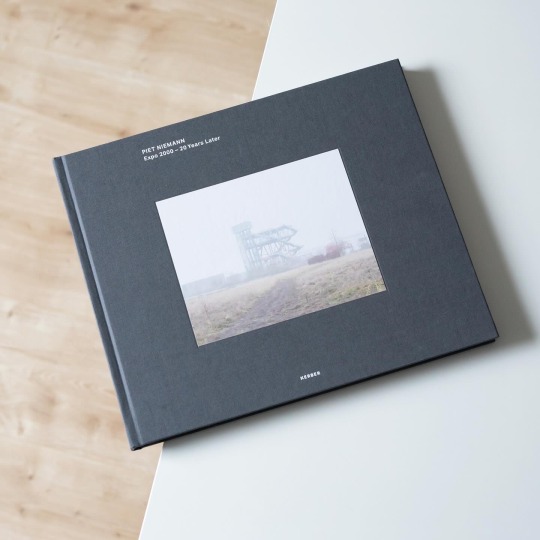

Under the motto „Man, nature, technology - A new world is emerging“ the Expo 2000 in Hannover, Germany, sought to kickstart the new millennium with a promising and sustainable outlook into the future: 155 countries exhibited on a total of 160 hectares, often in specifically designed pavilions. Between June 1 and October 31 some 18 million visitors came to see the Expo but once it was over the vast Expo area fell into a sleeping beauty slumber: although much of the infrastructure survived and many of the exhibition pavilions were demolished, demounted, re-used or translocated, landmark buildings like the Dutch pavilion by MVRDV rotted away as if to prove the Expo’s general secretary wrong: prior to the exhibition she stated that „There will be no ruins“, a noble yet unfulfilled wish.
This statement also concludes Piet Niemann’s book „Expo 2000 - 20 Years Later“, a photographic exploration of the former Expo area in Hannover published last year by Kerber Verlag. In 2020 Niemann, an architectural photographer who dedicates his free works to the long-term observation of places and the changes they undergo, set out to take stock of the current state of the area and its buildings: with great precision he documents how nature reclaimed certain areas, businesses repurposed the former exhibition architecture and also shows the previously mentioned Dutch pavilion as a derelict steel skeleton, swathed in fog and awaiting an uncertain future. But as architect Jacob van Rijs of MVRDV reveals in his essay the pavilion’s future isn’t uncertain anymore, instead it is slated for transformation into a permanent building, a circumstance that makes the photos all the more timely as they document the beauty of a ruin before its changed forever.
In general Niemann’s photos convey a sense of other-worldliness that leaves the readers wondering if the area has been frozen in time as a past idea of the future. A fantastic new look at an almost forgotten part of German history!
#piet niemann#kerber verlag#architectural photography#expo 2000#architecture#germany#architectural history#photo book#book
20 notes
·
View notes